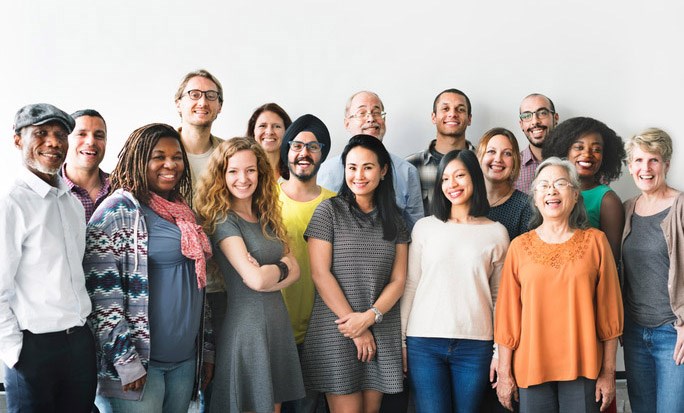Why can Tri-City residents afford to support refugees, reclaim local creeks, advocate for seniors, start programs to mentor youth, help new immigrants get acclimatized and hold successful fundraisers for a variety of causes?
Generosity is one key reason but demographics play a big role, too, according to recent census statistics and the United Way's 2016 community profile, which covers health, education and social data for the northeast.
What the numbers tells us is that the Tri-Cities are a comparatively wealthy community and though people struggle with daycare, transportation issues and housing affordability, by and large they are successful and lead comfortable lives by most North American standards.
Not scrambling to merely to survive, Tri-City residents are thriving and, in a position to give back, many do.
Here's what paradise looks like: a relatively low crime rate, relatively short commutes thanks to the opening of the Evergreen Extension and a generally positive outlook thanks to close proximity to nature.
Most of the people who live here (77%) own their own homes, are in their prime working years and have some level of post-secondary education. They may be busy — and any volunteering they do is to their credit — but for the most part, people in this region are not struggling to put food on the table. They are not yet seniors, and so are not yet living on fixed incomes, and most are able to help their children to do well in school.
Food bank use, although still high, has plateaued over the last few years while homelessness, which has seen a recent uptick, is still lower than it was five to seven years ago thanks to the efforts of homeless advocates.
Should we still be concerned about poverty? Absolutely — approximately 20% of the population is on income supports and rent is still expensive. Older apartments near the SkyTrain line are being redeveloped, sending low-income residents outside of the community. School snack programs keep some kids fed and many deal with stress, anxiety and other mental health concerns.
So, if you do have a little extra time and money, why not help out in some way to make your community stronger because, truth be told, many of you have been blessed.



